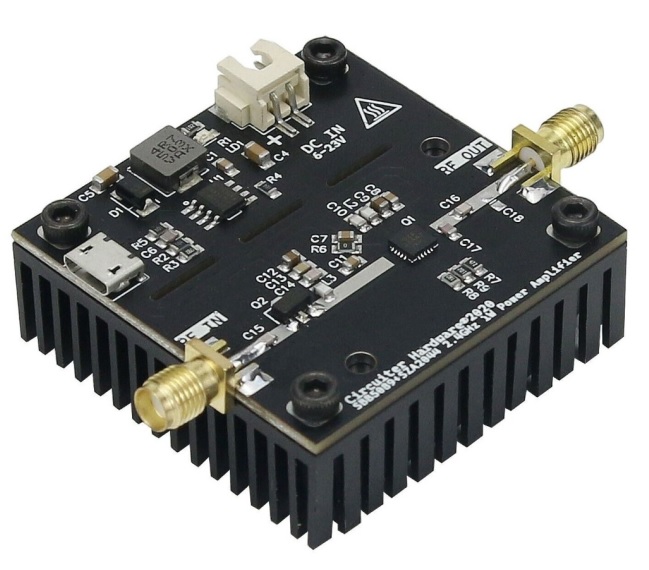February 21, 2023, Amateur Radio on the International Space Station (ARISS) has received schedule confirmation for an ARISS radio contact between an astronaut aboard the International Space Station (ISS) and students at the Istituto Statale di Istruzione Superiore located in Empoli, Italy. ARISS conducts 60-80 of these special amateur radio contacts each year between students around the globe and crew members with ham radio licenses aboard the ISS.
Istituto Statale di Istruzione Superiore „Il Pontormo“ (Institute) is located in the municipality of Empoli in the heart of Tuscany, and is attended by about 740 students aged between 14 and 19. The Institute includes the Liceo Scientifico with a 5-year curriculum in the STEM disciplines: mathematics, physics, chemistry, biology, and Earth sciences. The institute also provides courses (and instruction in laboratory practice in their lab facilities) in applied sciences, which allows students to gain advanced skills (and their applications) in mathematics, physics, chemistry, biology, Earth sciences, and computer science. The Institute has partnered with the Italian Radioamateur Association of Empoli (Sezione A.R.I. Empoli), club call sign IQ5EM, whose members/operators will operate the ground station for this ARISS contact. Members of Sezione A.R.I. Empoli have been collaborating for years with schools in the territory in order to interest youth in the world of amateur radio.
This will be a direct contact via Amateur Radio allowing students to ask their questions of Astronaut Koichi Wakata, amateur radio call sign KI5TMN. The downlink frequency for this contact is 145.800 MHz and may be heard by listeners that are within the ISS-footprint that also encompasses the relay ground station. The amateur radio ground station for this contact is in Empoli, Italy. Amateur radio operators using call sign IQ5EM, will operate the ground station to establish and maintain the ISS connection.
The ARISS radio contact is scheduled for February 23, 2023 at 10:32 am CET (Italy), (9:32 UTC).
The public is invited to watch the live stream at: https://www.ilpontormoempoli.edu.it/notizie/la-vita-della-scuola/eventi-e-attivita/1468-spazio-al-pontormo.html
As time allows, students will ask these questions:
1. What are your thoughts and feelings before liftoff?
2. On the ISS, what is the prevailing feeling since you are flying kilometers away from the Earth in a limited livable space?
3. Which experiences on the ISS have excited you the most and which ones were unexpected?
4. How does the perception of time and space change from staying on Earth and flying on the ISS?
5. What is the relationship among crew on ISS with so many different nationalities represented?
6. Does living in microgravity affect your sleep-wake mechanism and how do your dreams change when you are in Space?
7. Has there ever been a significant emergency since you arrived on the ISS? If so, how did you sort it out?
8. Are there any aspects of your training which have turned out to be useful in your everyday life and are there any habits you have taken up in Space that you maintain after you get back to the Earth?
9. A few years ago, the ISS was proposed for the Nobel Peace Prize. Where do you see the future of international collaborative space efforts going forward?
10. How do you get used to terrestrial gravity when you get back to the Earth?
11. What are the main challenges you daily overcome during your stay on the Space Station?
12. What are the aims of the scientific research you conduct on the ISS? What limits are there for space research?
13. Excluding ground control, who are you in touch with on Earth and how do you maintain this contact?
14. What leads you to explore and study Space? Is it irrepressible curiosity, thirst for knowledge or the will of being the first to make new discoveries?
15. How did your passion for exploring Space come about and what suggestions would you give to a teenager eager to become an astronaut?
Media Contact:
Dave Jordan, AA4KN
ARISS PR

